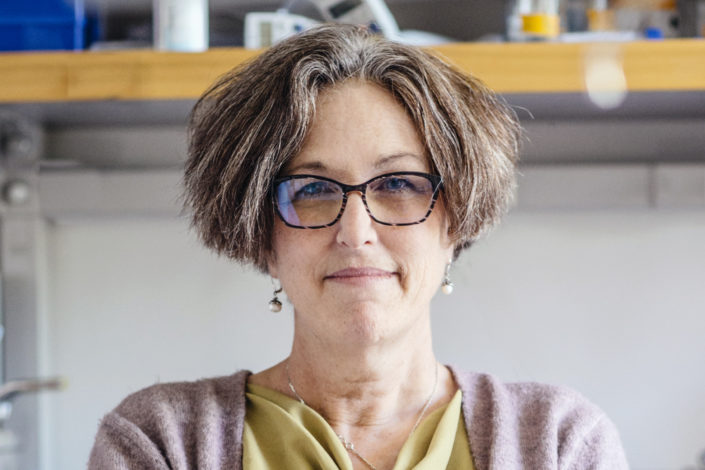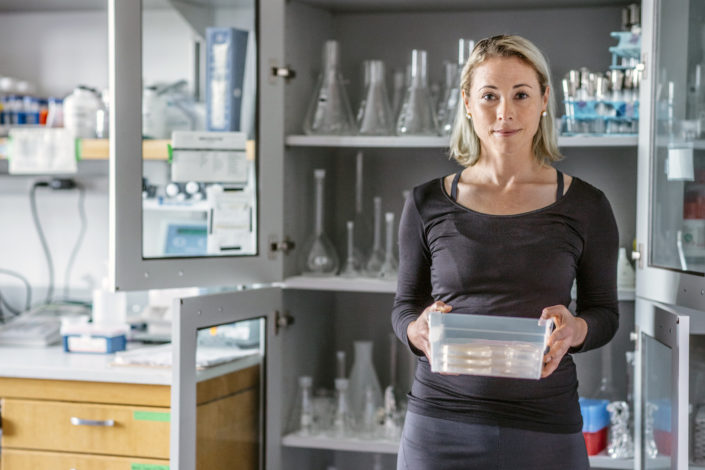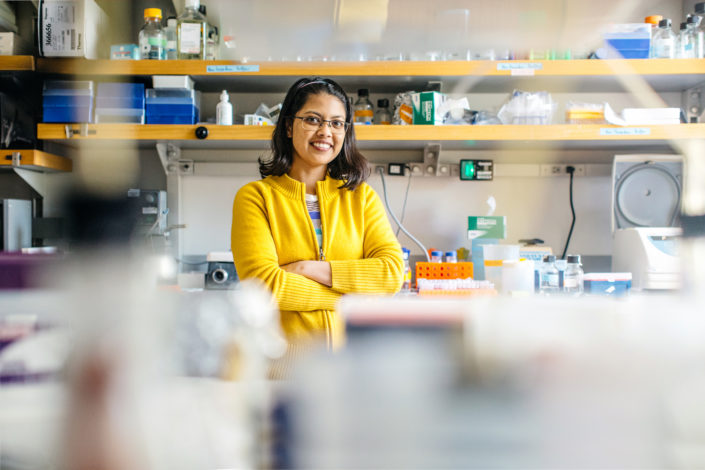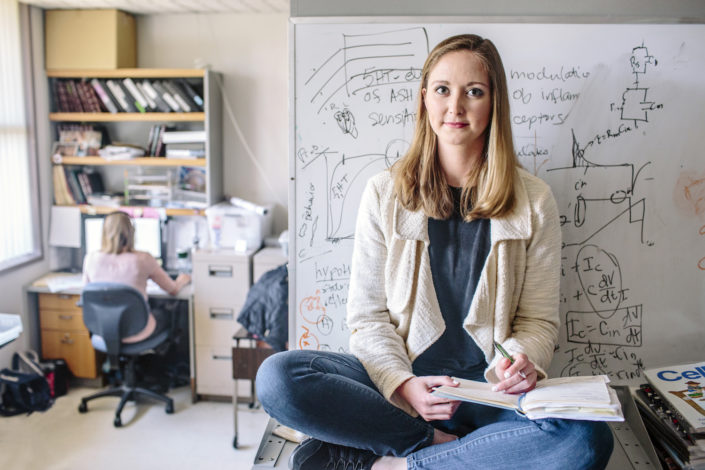What it’s like to be a neuroscientist
In the second of a series on what the lives of Stanford researchers actually look like, neuroscientist Miriam Goodman and four members of her lab talk about their paths to neuroscience, how they handle failures, and the hopes and joys that keep them coming back for more.
Like a lot of people, Joy Franco gets in to work around 8 a.m. and starts her day checking on her projects, making lists of things to do and getting down to work. But unlike most people, Franco’s work is worms. She is a graduate student in the lab of neuroscientist Miriam Goodman, a professor of molecular and cellular physiology and a member of the Wu Tsai Neurosciences Institute and Stanford Bio-X who studies the sense of touch in a tiny worm called C. elegans. Their goal is to better understand how the sense of touch works and why sometimes it doesn’t.
The work is enlightening, but often tedious. There are solutions to mix, experiments to run and worms to feed, a repetitive task that involves transferring worm food by pipette into hundreds of individual dishes. There is also the issue of failure – equipment breaks, reagents go bad or experiments produce results that make little sense.
Yet scientific work also brings its own special kinds of rewards. There is, for example, the hope that studying touch in worms will one day lead to treatments or therapies for people undergoing chemotherapy, which sometimes robs patients of their sense of touch. There is the pleasure that some get simply from making something, whether it’s a new piece of lab equipment or a scientific figure. And there is the unique if intermittent joy of discovering something new.
Here, Franco, Goodman, postdoctoral fellows Dail Chapman and Alakananda Das and graduate student Adam Nekimken talk about what it’s like to be a neuroscientist, what keeps them motivated and what other paths they might have taken – or might still take.
Versions of this story originally appeared in the Spring 2019 issue of Stanford Medicine magazine and on the Scope blog.

Miriam Goodman
Goodman first joined the Stanford faculty in 2002 and became chair of her department in 2017. She spoke about the joy of making, the necessity of failure and the particular kind of excitement that comes from scientific discovery.
“It’s that hope that your prediction will be correct and the openness to the possibility of seeing something you didn’t expect. Discoveries are literally intermittent reinforcement. Their timing is completely unpredictable.”
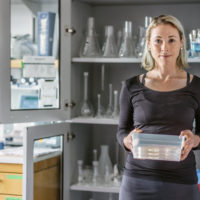
Joy Franco
Franco is a third-year PhD student in the lab. In an audio story recorded for Stanford Medicine, she talks about the beauty of microscopic worms, how bikes got her into engineering and neuroscience, and the sometimes painful realities that drive her.
“I look at that and think, ‘Well, I have to do something in this world. I might as well help try to figure this out.’ And that is definitely wishful thinking, because it takes a lot of work from a lot of people, but it is what motivates me.”
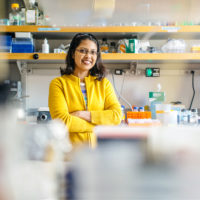
Alakananda Das
Das is a postdoctoral fellow who joined Goodman’s lab in 2016. She spoke about the struggles of getting ideas to work, what keeps her going and the pleasure she finds in the sometimes repetitive work of laboratory science.
“There is a sense of accomplishment that you get when you finally get something. But the thing is, even with the ones that didn’t work out, we still learned something. It’s just not what we were expecting.”

Adam Nekimken
Nekimken is a fourth-year mechanical engineering graduate student now finishing up his doctorate. He talked about using engineering to further neuroscience, his interest in industry work and the value of basic science research.
“I’m working on new devices for studying the worms. Those in themselves are not going to cure any diseases, but you have to keep in mind the bigger picture: Maybe someone will see that and have an idea that could end up helping people.”
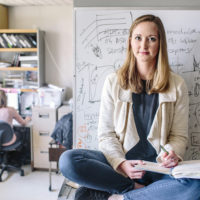
Dail Chapman
Chapman is a postdoctoral fellow in Goodman’s lab. She spoke about what makes science fun, how to deal with boredom and how she went about telling Goodman that she wanted to pursue a career in teaching.
“When she asked what I saw myself doing, I totally let my guard down and let my passion for teaching come through, and it was a nerve-wracking moment. You would think that would be a problem. And instead, it wasn’t.”

